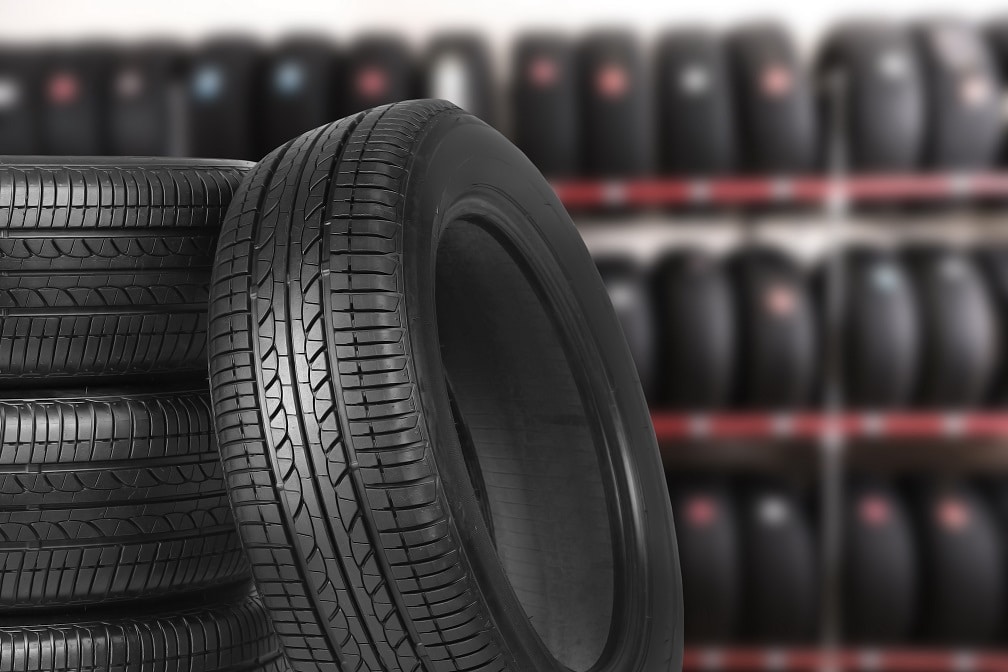How TPMS Works for Off-Road Adventures
Tire Pressure Monitoring Systems (TPMS) have become a crucial component of modern vehicles, especially for off-road enthusiasts who venture into challenging terrains. TPMS plays a vital role in maintaining safety, performance, and efficiency by providing real-time monitoring of tire pressure. This article will delve into the functionality, importance, and specific considerations of TPMS for off-road adventures, ensuring that adventurers understand how to leverage this technology for optimal experiences.
Understanding TPMS
TPMS is designed to continuously monitor the air pressure inside the tires and alert the driver when the pressure falls below or rises above a certain threshold. There are two main types of TPMS:
- Direct TPMS: This system uses sensors mounted on each wheel to directly measure the air pressure. The sensors transmit the data to a central control module, which alerts the driver if the pressure is not within the recommended range.
- Indirect TPMS: This system relies on the vehicle’s Anti-lock Braking System (ABS) to estimate tire pressure by monitoring wheel speed. If a tire is underinflated, it will have a different rotational speed compared to properly inflated tires, triggering an alert.
Importance of TPMS for Off-Roading
Off-roading involves navigating through diverse and often unpredictable terrains such as sand, mud, rocks, and snow. These conditions can significantly affect tire pressure and, consequently, the vehicle’s performance and safety. Here’s why TPMS is essential for off-road adventures:
- Safety: Sudden deflation or overinflation of tires can lead to accidents, especially in rough terrains. TPMS helps prevent these situations by providing timely alerts, allowing the driver to take corrective action.
- Performance: Proper tire pressure ensures optimal traction and stability. Off-roading requires precise control, and under or over-inflated tires can compromise the vehicle’s handling and ability to traverse difficult landscapes.
- Tire Longevity: Incorrect tire pressure can lead to uneven tire wear and potential damage. By maintaining the correct pressure, TPMS helps extend the life of the tires, which is particularly important given the expensive nature of specialized off-road tires.
- Fuel Efficiency: Properly inflated tires reduce rolling resistance, improving fuel efficiency. This is crucial for long off-road trips where fuel stations might be sparse.
How TPMS Enhances Off-Roading Experiences
- Real-Time Monitoring: TPMS provides continuous monitoring, allowing off-roaders to keep track of tire pressure in real-time. This is especially useful when transitioning between different terrains that require different tire pressures.
- Adjustable Alerts: Some advanced TPMS units allow customization of alert thresholds. Off-roaders can set different pressure ranges for different terrains, ensuring that they are alerted only when necessary.
- Data Logging and Analysis: Modern TPMS systems can log data over time, providing insights into tire performance and helping off-roaders make informed decisions about tire maintenance and adjustments.
Preparing Your TPMS for Off-Road Adventures
To ensure your TPMS functions optimally during off-road adventures, consider the following steps:
- Calibration: Calibrate your TPMS to match the recommended tire pressures for different terrains. This ensures accurate alerts and optimal performance.
- Battery Check: Direct TPMS sensors are battery-powered. Ensure the batteries are in good condition and replace them if necessary to avoid losing monitoring capability mid-adventure.
- Sensor Placement: Ensure the sensors are properly mounted and secure. Off-roading can be rough on the vehicle, and loose sensors might provide inaccurate readings or get damaged.
- Backup Plan: Carry a portable tire inflator and pressure gauge as a backup. While TPMS provides alerts, having the tools to adjust tire pressure on the go is essential.
Adapting Tire Pressure for Different Terrains
Off-road enthusiasts often need to adjust tire pressure based on the terrain they are navigating. Here’s a brief guide on how to use TPMS in various off-road conditions:
- Sand: Lowering tire pressure increases the tire’s footprint, improving flotation and preventing the vehicle from sinking. A pressure range of 12-15 psi is often recommended. Use TPMS to monitor and maintain this lower pressure.
- Mud: Similar to sand, slightly lower tire pressure (15-20 psi) can help with traction in muddy conditions. TPMS ensures you don’t go too low, which could risk tire de-beading.
- Rocks: Rock crawling requires careful pressure adjustments to balance traction and tire protection. Lower pressures (15-20 psi) help with grip, but TPMS will alert you if pressure drops too low, risking damage.
- Snow: Lower pressures (20-25 psi) can increase traction in snowy conditions. TPMS alerts ensure that you don’t go too low and risk losing control.
Advanced TPMS Features for Off-Roading
Modern TPMS units come with advanced features tailored for off-road enthusiasts:
- Temperature Monitoring: Some TPMS systems also monitor tire temperature, providing a more comprehensive view of tire health. Overheating can be as problematic as incorrect pressure.
- Multi-Vehicle Monitoring: For those with multiple off-road vehicles, some TPMS systems can monitor multiple vehicles, providing flexibility and convenience.
- Smartphone Integration: Many TPMS units now offer smartphone integration, allowing off-roaders to monitor tire pressure and receive alerts directly on their phones.
Conclusion
TPMS is an invaluable tool for off-road adventurers, enhancing safety, performance, and efficiency. By providing real-time tire pressure monitoring and alerts, TPMS ensures that off-roaders can tackle diverse terrains with confidence. Proper preparation, including calibration, battery checks, and understanding the appropriate pressure for different terrains, maximizes the benefits of TPMS. As technology advances, TPMS units are becoming more sophisticated, offering features like temperature monitoring and smartphone integration, further enhancing the off-road experience. Embracing TPMS technology allows off-road enthusiasts to focus on the adventure, knowing that their tires are in optimal condition.

















